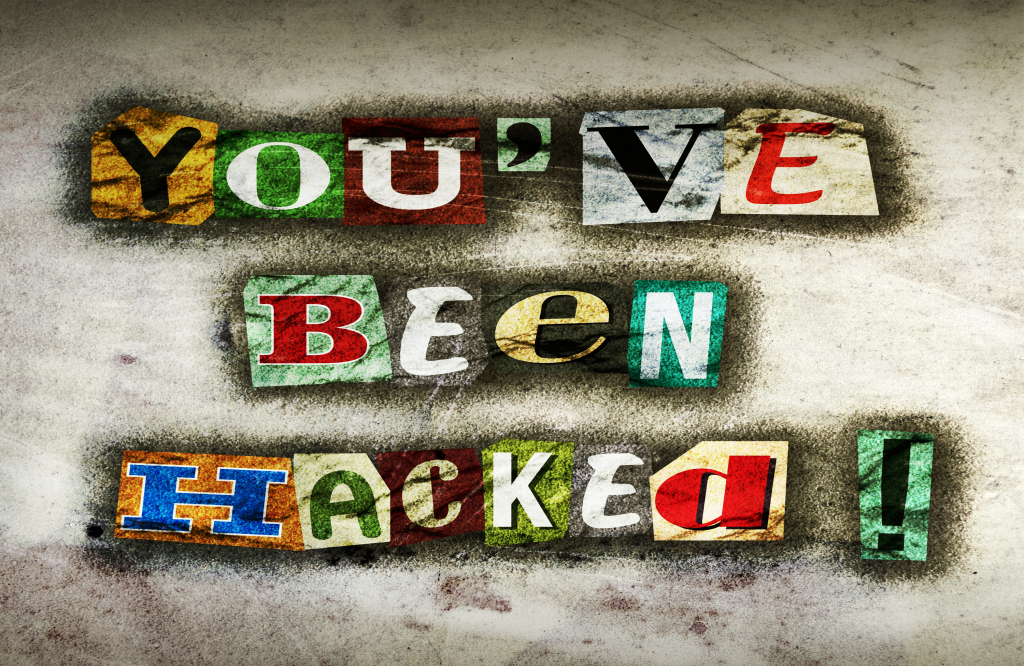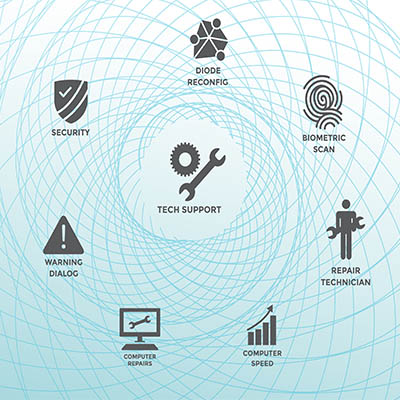Today, cybersecurity responsibility extends beyond the IT department; it’s now everyone’s concern. Experiencing a hack can be deeply unsettling, leaving you feeling vulnerable and uncertain about what steps to take next. This short guide aims to assist you by outlining the necessary actions to take post-hack, along with practical cybersecurity advice and measures to help you strengthen your defenses. Let’s transform this stressful situation into an opportunity to learn and fortify your cyber resilience.
Immediate Response to a Hack
First and foremost, remain calm and act swiftly. Begin by determining the extent of the compromise, whether it’s your email, social media, or work accounts. Once identified, promptly change your passwords, ensuring they are strong and unique for each account.
Here are some immediate steps to follow:
- Change passwords for all affected accounts
- Activate two-factor authentication where possible
- Scrutinize your account logs for any suspicious activity
- Seek assistance from IT support or cybersecurity experts
- Report the incident to relevant authorities or organizations
- Remember, the speed of your response is crucial in mitigating the impact.
Securing Your Accounts
With immediate actions taken, focus on building stronger account security. Update your security questions and answers, and if you’ve been using the same passwords across multiple accounts, change them immediately. Utilizing a password manager can simplify this process by generating and storing strong, unique passwords. Additionally, you will want to enable two-factor authentication for added security.
Monitoring and Reporting
After securing your accounts, you will want to monitor them closely for any signs of unauthorized access. Report any suspicious activity promptly to IT support or cybersecurity professionals, and inform your contacts about the breach to prevent further dissemination.
Updating and Educating
Now, focus on strengthening your defenses. Ensure your software and systems are up to date to address any vulnerabilities. Continuously educate yourself on new cybersecurity threats and defense solutions. The more training you do, the more likely you will be ready should you be confronted with these situations.
Preventative Measures for the Future
Looking ahead, prioritize prevention. To minimize the impact of potential breaches, utilize a password manager, enable two-factor authentication, and regularly back up your important data. Additionally, consider using VPNs to protect mobile device data, encrypt sensitive information, and routinely review and update security measures.
Building a Culture of Cybersecurity Awareness
Ultimately, cybersecurity is a collective effort that requires a culture of awareness within organizations. Share your experiences and knowledge with colleagues, actively participate in security audits and drills, and stay informed about security updates and breaches. Remember, knowledge empowers; the more informed you are about cybersecurity, the better prepared you’ll be to safeguard yourself and your organization.







